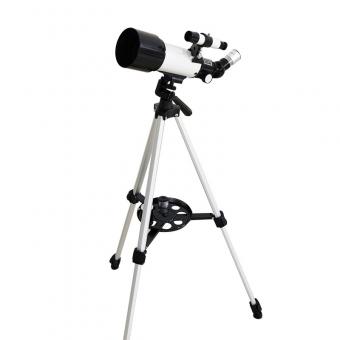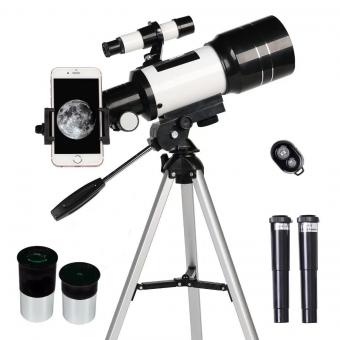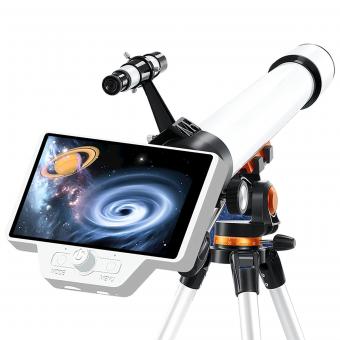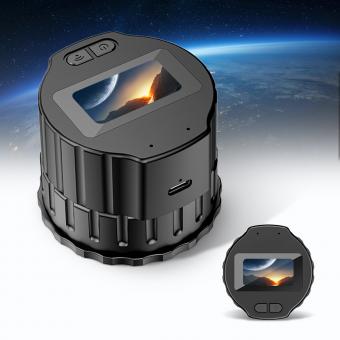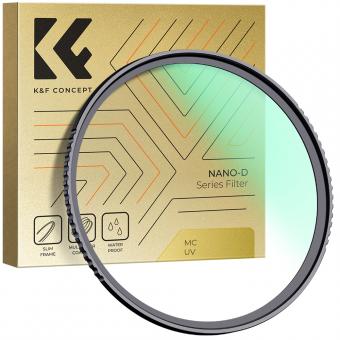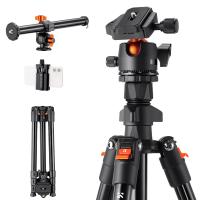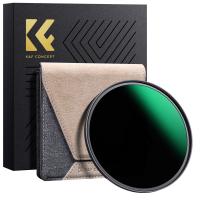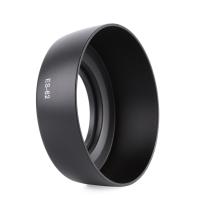What Does Saturn Look Like Through A Telescope?
Saturn, the sixth planet from the Sun, is one of the most captivating objects to observe through a telescope. Its stunning ring system and unique features make it a favorite among amateur and professional astronomers alike. In this article, we will explore what Saturn looks like through a telescope, the different features you can expect to see, and some tips for getting the best possible view.
The Rings of Saturn

One of the most striking features of Saturn is its rings. When viewed through a telescope, even a small one, the rings are clearly visible and can be quite breathtaking. The rings are composed of countless small particles of ice and rock, and they reflect sunlight, making them appear bright and distinct against the dark backdrop of space.
Ring Structure
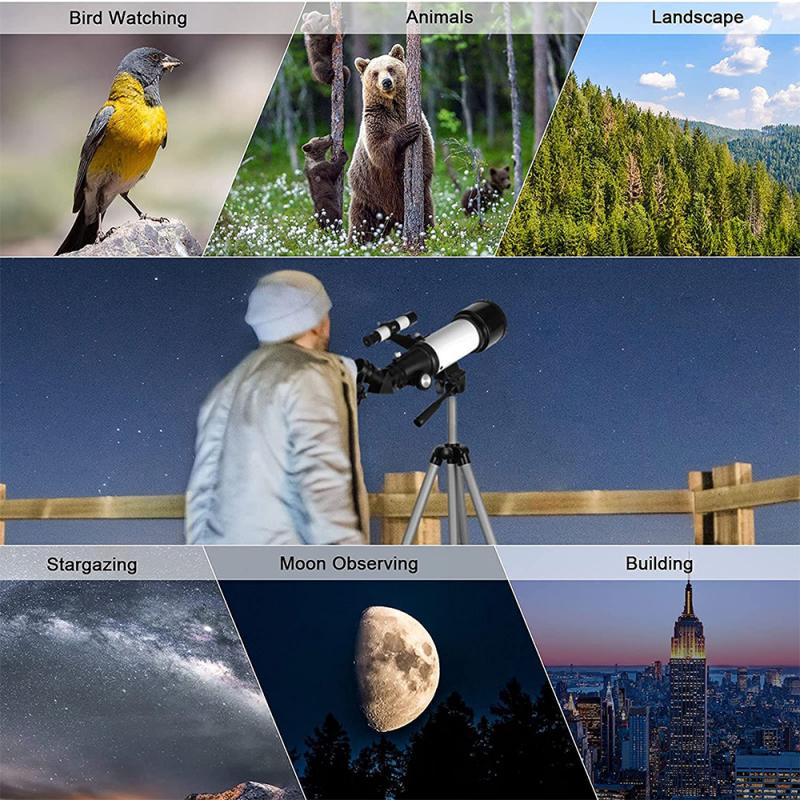
Through a telescope, you can often see the main rings of Saturn, which are labeled as the A, B, and C rings. The A and B rings are the most prominent and are separated by a dark gap known as the Cassini Division. This division is a result of gravitational interactions with Saturn's moon Mimas and is one of the most recognizable features when observing Saturn. The C ring, also known as the Crepe Ring, is fainter and closer to the planet.
Ring Orientation
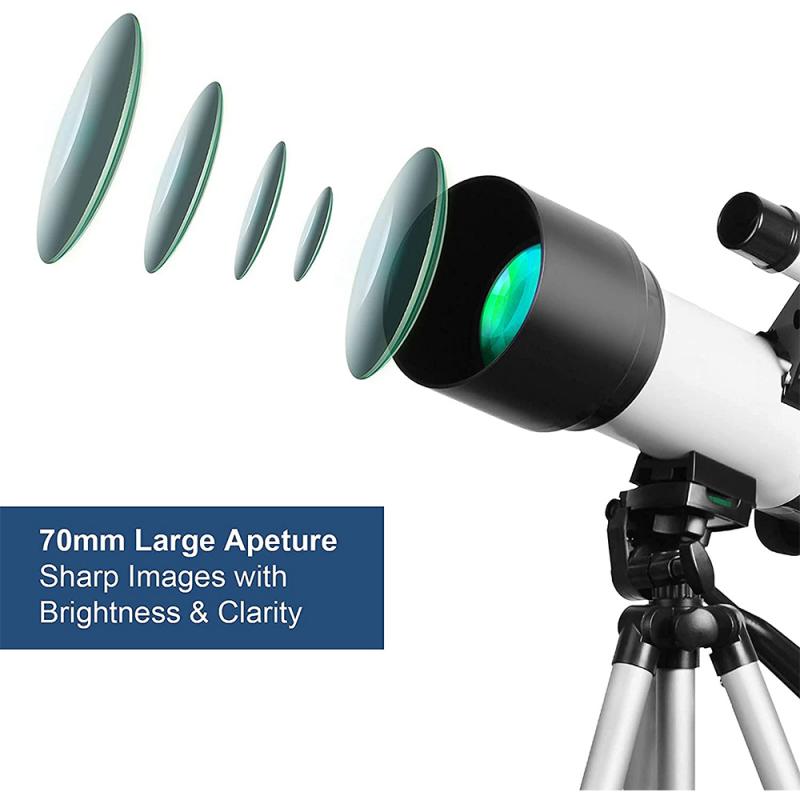
The appearance of Saturn's rings changes over time due to the planet's axial tilt and its orbit around the Sun. Sometimes the rings are tilted towards Earth, providing a more edge-on view, while at other times they are more open, offering a broader view of their structure. This changing orientation can affect how much detail you can see in the rings.
Saturn's Moons
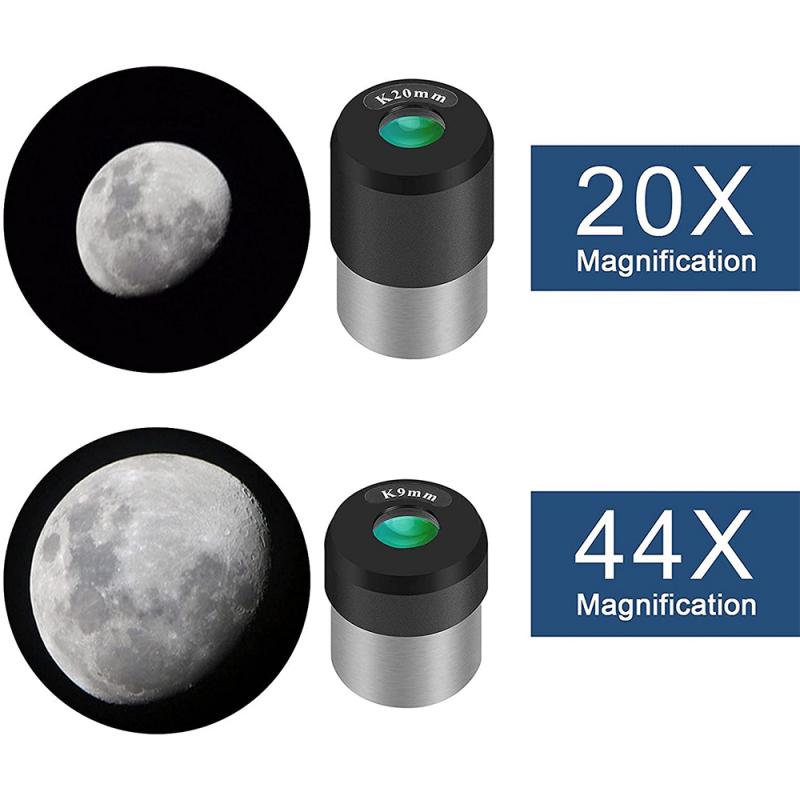
Saturn has over 80 moons, but the most prominent one visible through a telescope is Titan. Titan is the second-largest moon in the solar system and has a thick, orange-colored atmosphere. With a medium-sized telescope, you can often see Titan as a small, bright dot near Saturn. Other moons, such as Rhea, Tethys, and Dione, may also be visible, but they are much smaller and fainter.
The Planet Itself
Saturn's disk, or the main body of the planet, is also an interesting feature to observe. The planet has a pale yellow color due to its upper atmosphere, which is composed mostly of hydrogen and helium. Through a telescope, you may be able to see some of the cloud bands that encircle the planet, although they are not as prominent as those on Jupiter.
Atmospheric Features
Occasionally, you might be lucky enough to observe some of Saturn's atmospheric phenomena, such as storms or the hexagonal pattern at the planet's north pole. These features are more challenging to see and usually require a larger telescope and excellent viewing conditions.
Tips for Observing Saturn
To get the best possible view of Saturn, consider the following tips:
1. Telescope Size: While even a small telescope can reveal Saturn's rings, a larger telescope (6 inches or more in aperture) will provide more detail and a clearer image.
2. Viewing Conditions: The quality of the atmosphere, known as "seeing," can greatly affect your view. Try to observe Saturn when it is high in the sky, away from the horizon, where the atmosphere is more stable.
3. Magnification: Use a moderate magnification to start, around 100x to 150x, and then increase it if the viewing conditions allow. Too much magnification can make the image blurry if the atmosphere is not stable.
4. Filters: Using color filters can help bring out different features of Saturn. For example, a yellow filter can enhance the contrast of the rings, while a blue filter can help you see atmospheric details.
5. Timing: Saturn is best observed when it is in opposition, meaning it is directly opposite the Sun in the sky. During opposition, Saturn is closest to Earth and appears brighter and larger.
Observing Saturn through a telescope is a rewarding experience that offers a glimpse into the beauty and complexity of our solar system. From its iconic rings to its diverse moons and atmospheric features, Saturn provides a wealth of visual delights for astronomers of all levels. By following the tips outlined in this article, you can enhance your viewing experience and gain a deeper appreciation for this magnificent planet. Whether you are a seasoned astronomer or a curious beginner, Saturn is sure to captivate your imagination and inspire a lifelong interest in the wonders of the night sky.


